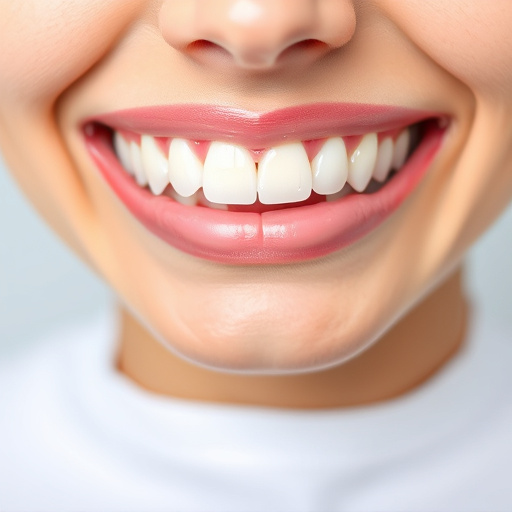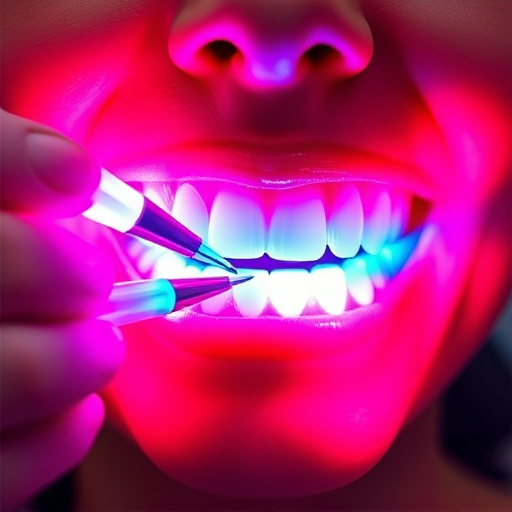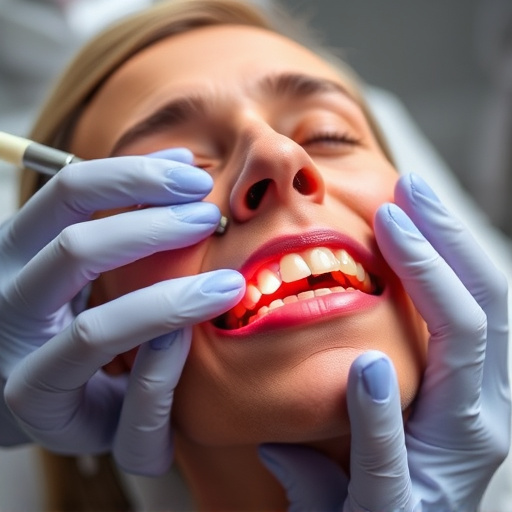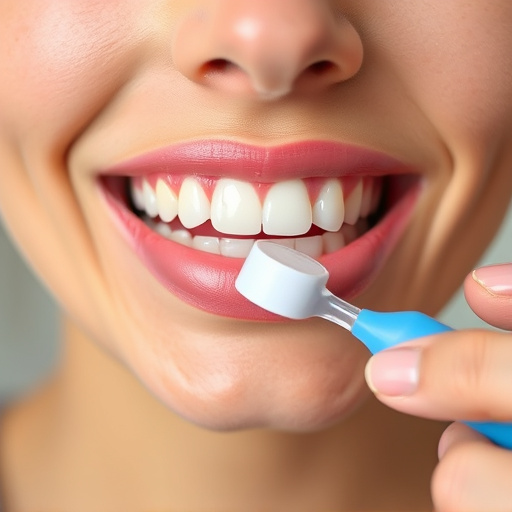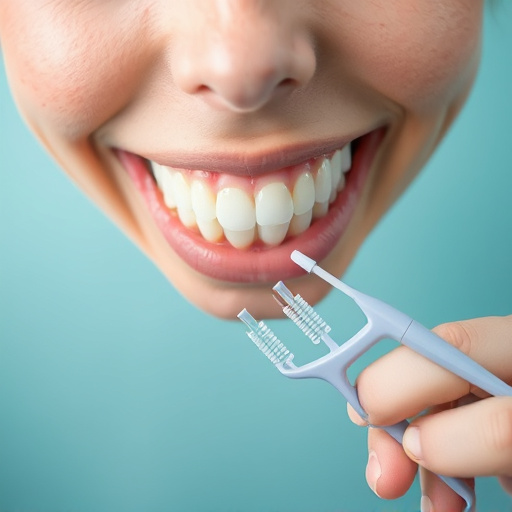Teeth whitening services, offered by dental professionals, enhance smile aesthetics and confidence. The process involves assessing oral health, applying bleaching gel with or without laser technology, and removing surface stains for immediate and lasting results. Both in-office and tray-based methods provide effective whitening, with common side effects like temporary tooth sensitivity and gum irritation. Regular teeth whitening aids preventive dentistry by maintaining oral health and preserving natural dentition whiteness. Consulting a dental professional alongside other procedures ensures personalized care.
“Thinking about professional teeth whitening services? Discover what to expect from this growing trend. From understanding the teeth whitening process to exploring common techniques used by professionals, this guide covers it all. Learn about the potential benefits and side effects to make an informed decision. Enhance your smile and boost confidence with the right teeth whitening services.”
- Understanding Teeth Whitening Process
- Common Techniques Used in Professional Services
- Potential Benefits and Side Effects
Understanding Teeth Whitening Process
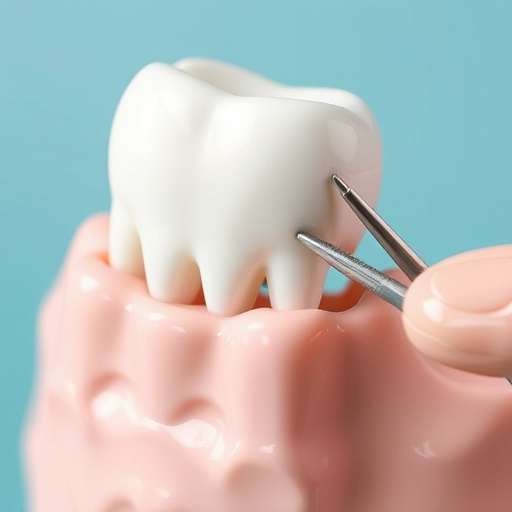
The teeth whitening process is a popular cosmetic dentistry procedure that aims to enhance your smile’s brightness. It involves several steps, beginning with a consultation where a dental professional assesses your oral health and determines the best course of action. During the actual treatment, a gel containing bleaching agents is applied to the teeth, often accompanied by a specialized light or laser that speeds up the whitening effect. This process safely removes surface stains and discolorsations, offering both immediate and long-lasting results.
While many people associate teeth whitening with achieving a brighter smile for cosmetic reasons, it’s also valuable in preventive dentistry. By removing stains caused by certain foods, drinks, or habits, regular teeth cleaning sessions can help maintain oral health, prevent tooth decay, and preserve the natural whiteness of your dentition.
Common Techniques Used in Professional Services
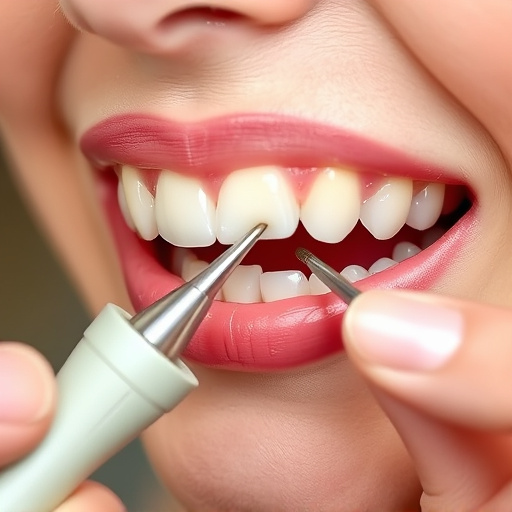
Professional teeth whitening services employ a range of advanced techniques designed to deliver significant and lasting results. One of the most common methods involves using laser technology to activate bleaching agents, causing the stains to break down and be eliminated from the tooth surface. This process, often called in-office whitening, offers quick results and can achieve a noticeably whiter smile in just one visit.
Another widely used technique is tray-based whitening, where customized trays are created to fit the patient’s teeth precisely. These trays are filled with a gel bleaching agent that is worn for a set period each day, typically over several weeks. This method provides a more gradual but equally effective approach to teeth whitening, making it suitable for those looking for subtle yet persistent improvements in their smile aesthetics. General dentistry practices often offer these services as part of their routine oral exam and tooth repair packages, ensuring patients receive comprehensive care for their oral health and cosmetic concerns.
Potential Benefits and Side Effects
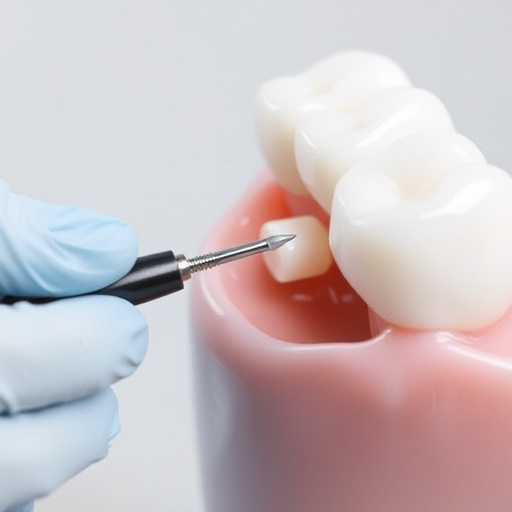
Professional teeth whitening services offer a range of potential benefits. One of the most noticeable advantages is improved aesthetics, as these treatments can significantly brighten and whiten teeth, enhancing your smile. This can boost confidence and self-esteem, making social interactions more enjoyable. Additionally, whitening can help create a more even dental appearance by addressing discolourations caused by various factors like aging, staining beverages, or certain medications.
However, like any cosmetic procedure, professional teeth whitening also has potential side effects. Sensitive teeth are a common concern, with many people experiencing heightened sensitivity to cold or hot substances after treatment. This is usually temporary but can be uncomfortable. Other possible side effects include mild irritation of the gums and lips. In rare cases, individuals might experience allergic reactions to the whitening agents. It’s essential to consult with a dental professional to discuss these risks and determine if teeth whitening services align with your individual needs and oral health goals, especially considering procedures like dental fillings, preventive dentistry, or dental bonding that can complement or be integrated into your overall oral care routine.
Professional teeth whitening services offer a safe and effective way to achieve a brighter smile. By understanding the various techniques and considering potential benefits and side effects, you can make an informed decision. Whether it’s laser whitening, gel treatments, or custom-fitted trays, these services cater to different needs and preferences. Remember, proper oral hygiene and regular maintenance are essential for maintaining your new, whiter smile in the long term.








